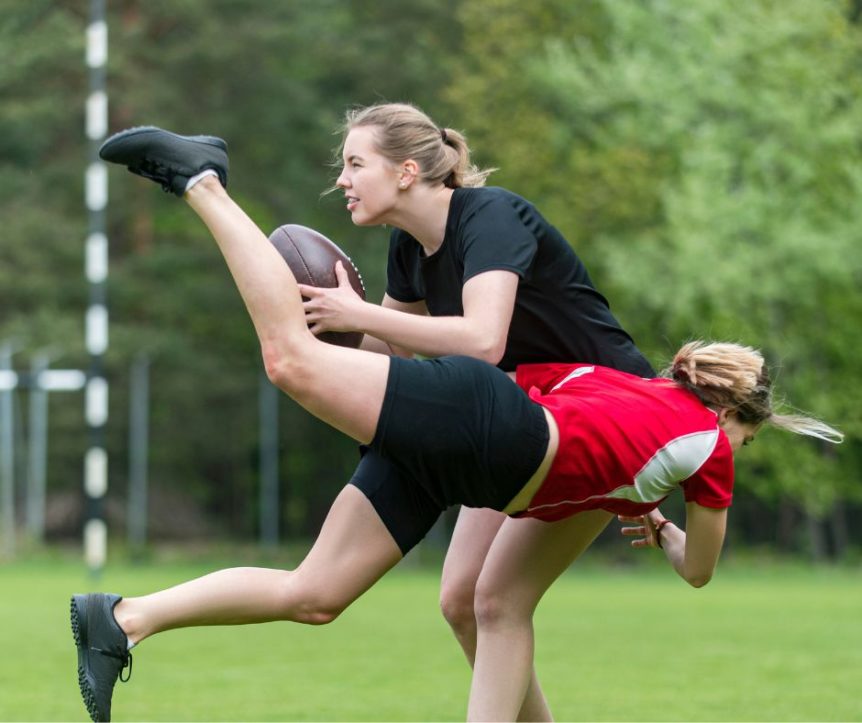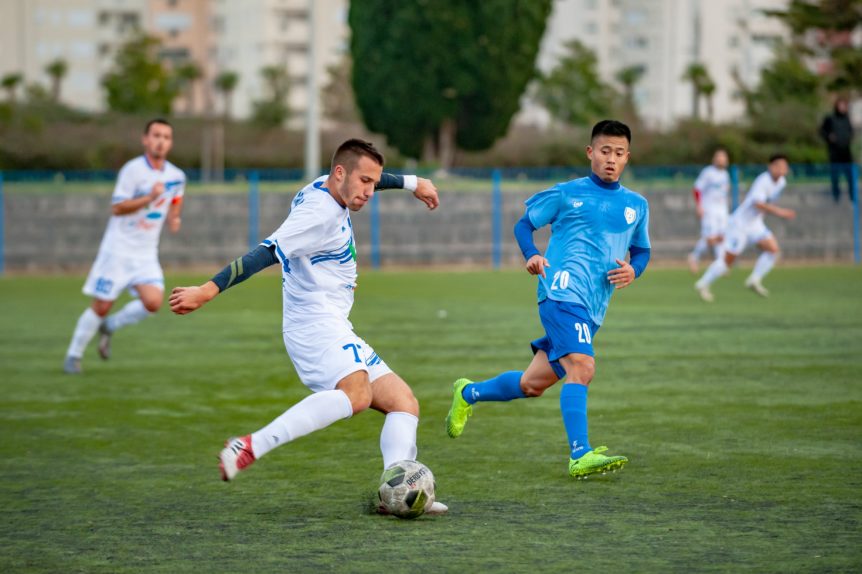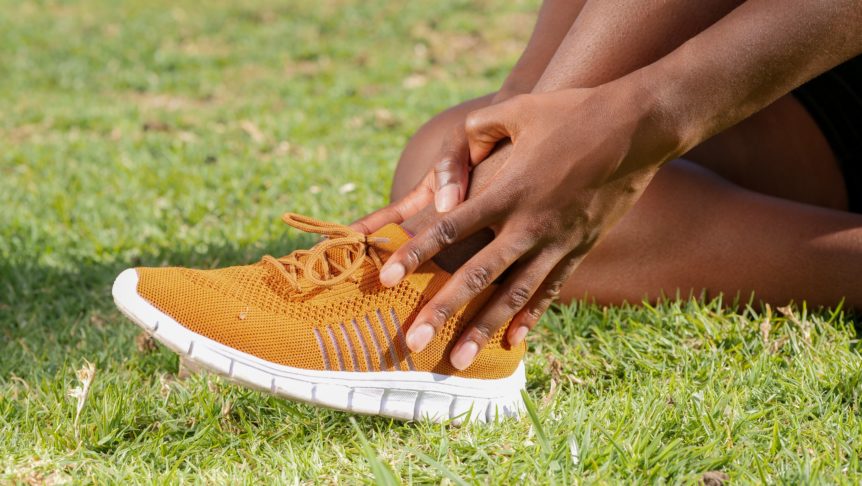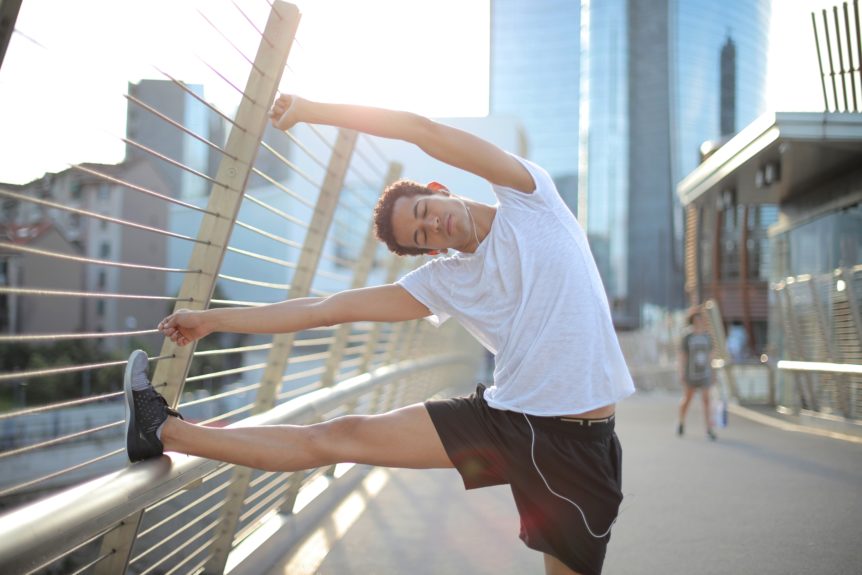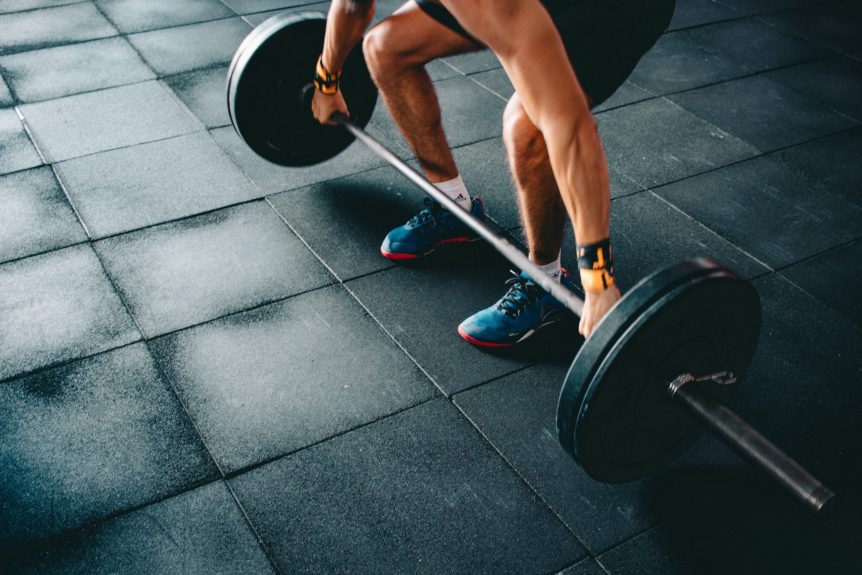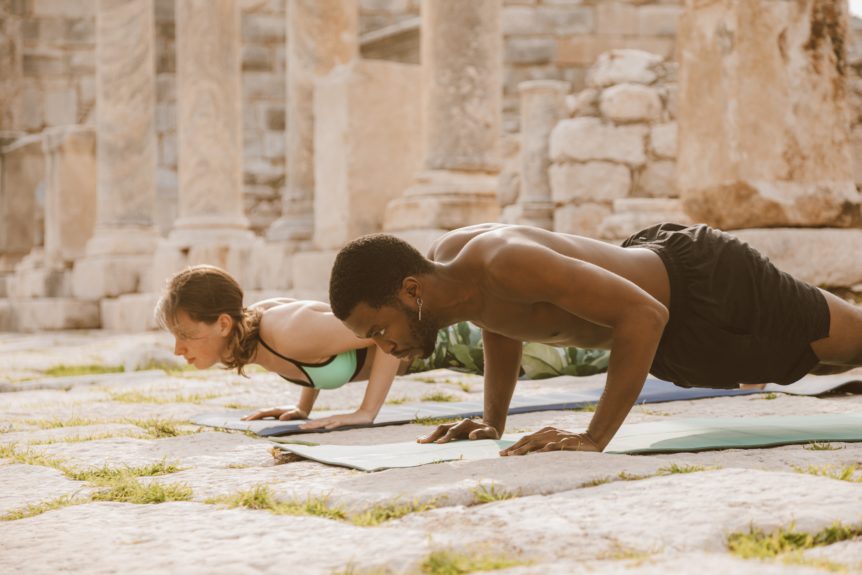McCall, A. et al. Sports Med 1–16 (2023) Abstract Background Athlete monitoring trends appear to be favouring objective over subjective measures. One reason of potentially several is that subjective monitoring affords athletes to give dishonest responses. Indeed, athletes have never been systematically researched to understand why they are honest or not. Objective Because we do not know what motivates professional …
“It’s always the bare minimum” – A qualitative study of players’ experiences of tackle coaching in women’s rugby union
K. Dane, G. Foley, S. Hendricks, et al. Journal of Science and Medicine in Sport. Abstract Objectives: Tackle coaching forms a cornerstone of training in rugby and is designed to enhance performance and mitigate tackle injury. The athlete voice can help key stakeholders understand the psychosocial determinants that shape skill development in relation to tackle coaching. We aimed to capture …
Effects of Concurrent Strength and Endurance Training on Measures of Physical Fitness in Healthy Middle-Aged and Older Adults: A Systematic Review with Meta-Analysis
Markov, A., Hauser, L. & Chaabene, H. Sports Med 53, 437–455 (2023). Background There is evidence that in older adults the combination of strength training (ST) and endurance training (ET) (i.e., concurrent training [CT]) has similar effects on measures of muscle strength and cardiorespiratory endurance (CRE) compared with single-mode ST or ET, respectively. Therefore, CT seems to be an effective method …
Fatigue and Human Performance: An Updated Framework
Behrens, M. et al. Fatigue and Human Performance: An Updated Framework. Sports Med 53, 7–31 (2023). Abstract Fatigue has been defined differently in the literature depending on the field of research. The inconsistent use of the term fatigue complicated scientific communication, thereby limiting progress towards a more in-depth understanding of the phenomenon. Therefore, Enoka and Duchateau (Med Sci Sports Exerc …
Hamstring injury rates have increased during recent seasons and now constitute 24% of all injuries in men’s professional football: the UEFA Elite Club Injury Study from 2001/02 to 2021/22
Ekstrand et al. British Journal of Sports Medicine Published Online First: 06 December 2022. Abstract Objectives To: (1) describe hamstring injury incidence and burden in male professional football players over 21 seasons (2001/02 to 2021/22); (2) analyse the time-trends of hamstring muscle injuries over the most recent eight seasons (2014/15 to 2021/22); and (3) describe hamstring injury location, mechanism and recurrence rate. Methods 3909 …
Intrinsic Risk Factors for Ankle Sprain Differ Between Male and Female Athletes: A Systematic Review and Meta-Analysis
Mason et al, Sports Medicine – Open (2022) 8:139. Background Ankle sprains remain prevalent across most team sports. However, despite divergent ankle sprain injury rates in male and female athletes, little is known about potential sex-specific risk factors for ankle sprain. Objective To systematically investigate the sex-specific risk factors for ankle sprain. Methods Combinations of the key terms were entered …
Clinical Consensus on Diagnosis and Treatment of Patients with Chronic Exertional Compartment Syndrome of the Leg: A Delphi Analysis
Vogels et al). Sports Medicine (2022) 52:3055–3064 Abstract Aim Defining universally accepted guidelines for the diagnosis and treatment of chronic exertional compartment syndrome (CECS) is hampered by the absence of high-quality scientific research. The aim of this Delphi study was to establish consensus on practical issues guiding diagnosis and treatment of CECS of the leg in civilian and military patient …
Independent and joint associations of weightlifting and aerobic activity with all-cause, cardiovascular disease and cancer mortality in the Prostate, Lung, Colorectal and Ovarian Cancer Screening Trial
Gorzelitz J, Trabert B, Katki HA, et al. Br J Sports Med 2022;56:1277–1283. ABSTRACT Objectives Both aerobic moderate to vigorous physical activity (MVPA) and muscle-strengthening exercise (MSE) are recommended, but the mortality benefits of weightlifting, a specific type of MSE, are limited. Methods In the Prostate, Lung, Colorectal and Ovarian Cancer Screening Trial, we used Cox proportional hazards regression to …
Economic evaluations of fall prevention exercise programs: a systematic review
Pinheiro MB, Sherrington C, Howard K, et al. Br J Sports Med Epub ahead of print: ABSTRACTObjective To investigate cost-effectiveness and costs of fall prevention exercise programmes for older adults. Design Systematic review. Data sources Medline, Embase, Web of Science, Scopus, National Institute for Health Research Economic Evaluation Database, Health Technology Assessment database, Tufts Cost-Effectiveness Analysis Registry, Research Papers in …
Patterns of energy availability of free-living athletes display day-to-day variability that is not reflected in laboratory-based protocols: Insights from elite male road cyclists
Harry L. Taylor, et al. (2022). Journal of Sports Sciences, 40:16, 1849-1856. Abstract The physiological effects of low energy availability (EA) have been studied using a homogenous daily EA pattern in laboratory settings. However, whether this daily EA pattern represents those of free-living athletes and is therefore ecologically valid is unknown. To investigate this, we assessed daily exercise energy expenditure, energy intake and …


